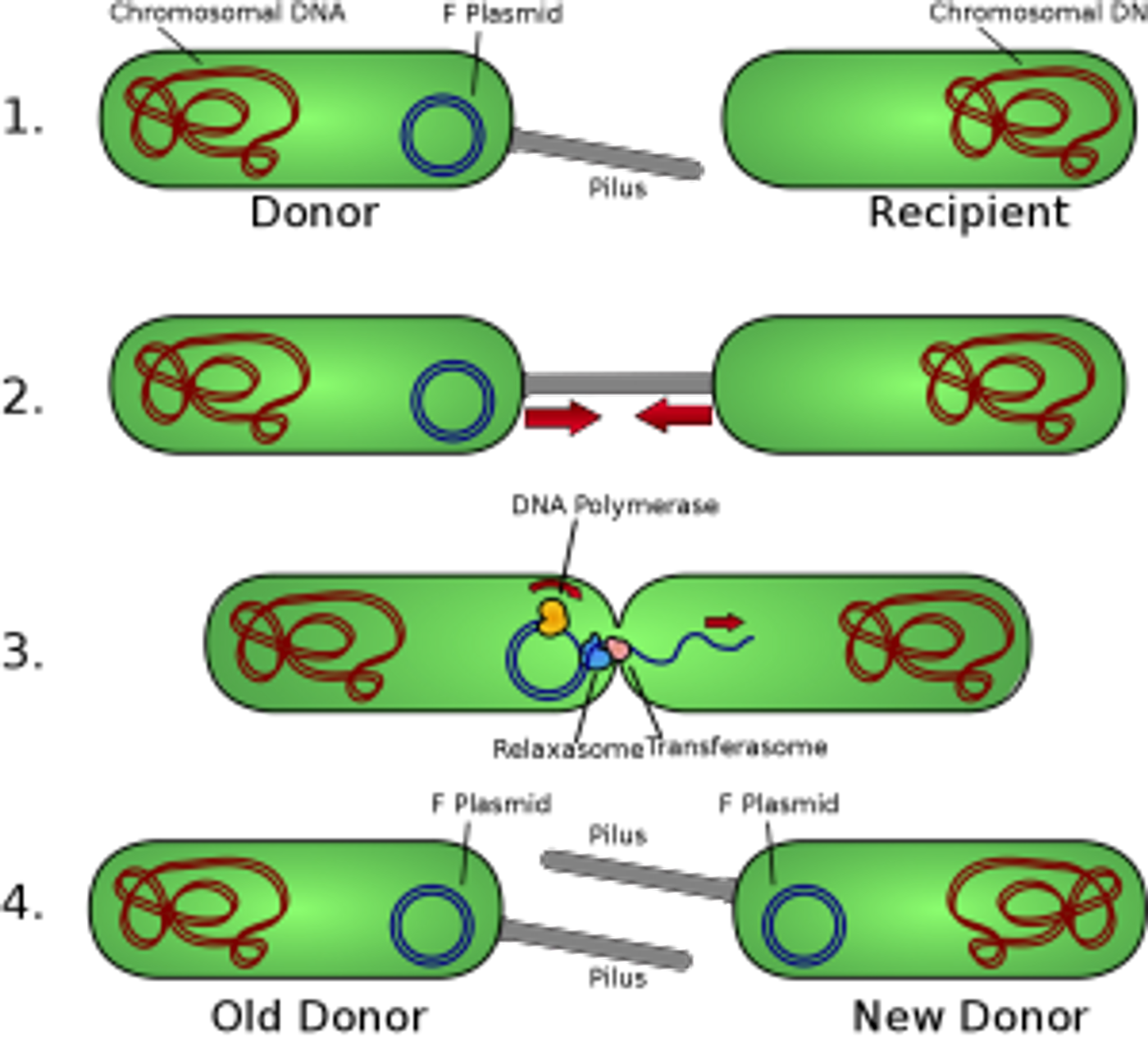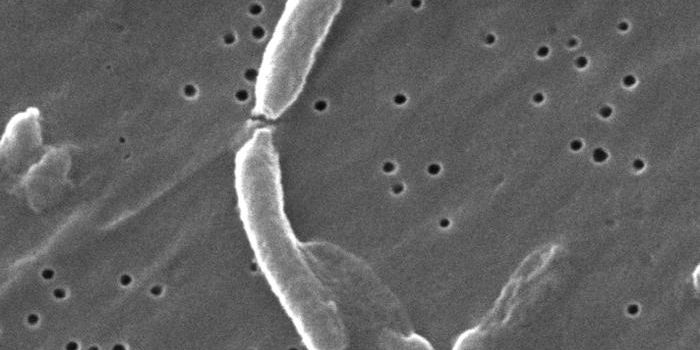In March 2015, President Obama released
The National Action Plan for Combating Antibiotic-Resistant Bacteria. It is intended as a guide for “rising to the challenge of antibiotic resistance and potentially saving thousands of lives.” There are a number of goals outlined; maintain antibiotic efficacy; combat the emergence of new resistant bacteria; prevent and contain outbreaks of infections resistant to bacteria; develop and implement new vaccines, antibiotics and diagnostic tools. Three agencies, the Department of Agriculture (USDA), the Department of Defense (DoD), and Department of Health and Human Services (HHS) are tasked with chairing an advisory council and undertaking work on the project.
This week, HHS
announced that some critical discoveries have been made by the group. The first colistin-resistant
mcr-1 E. coli infection in a woman in the United States has been identified. Colistin is a rarely used, last-resort drug for treating people with multi-drug resistant infections. An HHS and USDA search for colistin-resistant bacteria in retail meats, food animals and people has also found colistin-resistant
E. coli in a single sample from a pig intestine. The patient was treated in an outpatient military treatment facility in Pennsylvania. Biological specimens were taken and sent to Walter Reed National Military Medical Center for initial testing, followed by genetic sequencing to identify the
mcr-1 gene.
The HHS is following up with both the patient and anyone who came into contact with her to make sure they are not at risk, as well as tracing the farm of origin of the infected pig. The HHS and USDA work in partnership and continue to look for colistin-resistant bacteria in the US as the National Antimicrobial Resistance Monitoring System (NARMS).
Last November, scientists in China
reported that in bacteria, the
mcr-1 gene confers colistin resistance. Following that discovery, researchers around the world started looking for other bacteria with
mcr-1; it’s since been discovered in Europe and Canada. While some bacterial resistance occurs because of mutations that happen spontaneously in the genome of a bacterium,
mcr-1 doesn’t work that way. Critically, the gene is on a plasmid, meaning it’s on a piece of DNA separate from the chromosomes of the bacteria and is therefore easily transferrable between bacteria. That process is called plasmid-mediated resistance.
NARMS’ strategy uses the USDA to analyze whole microbiomes from food-producing animals to see if anything exposed to colistin survives. So far they have found one
E. coli strain resistant to colistin out of 949 surveyed so far. The HHS employs whole genome sequencing to hunt for the gene in bacteria taken from retail meats and human sources. It’s not yet been found in the 53,000 samples assayed so far.
The work continues to try to understand the gene and its mechanism, and to search for the gene in samples yet to be tested. Starting in late 2016, the Center for Disease Control (CDC) will also provide lab capabilities and infrastructure to several regional labs plus labs in all states so they are also able to find and respond to human samples containing resistant organisms, and communicate those findings to the CDC.
Sources:
HHS,
White House,
The Lancet










